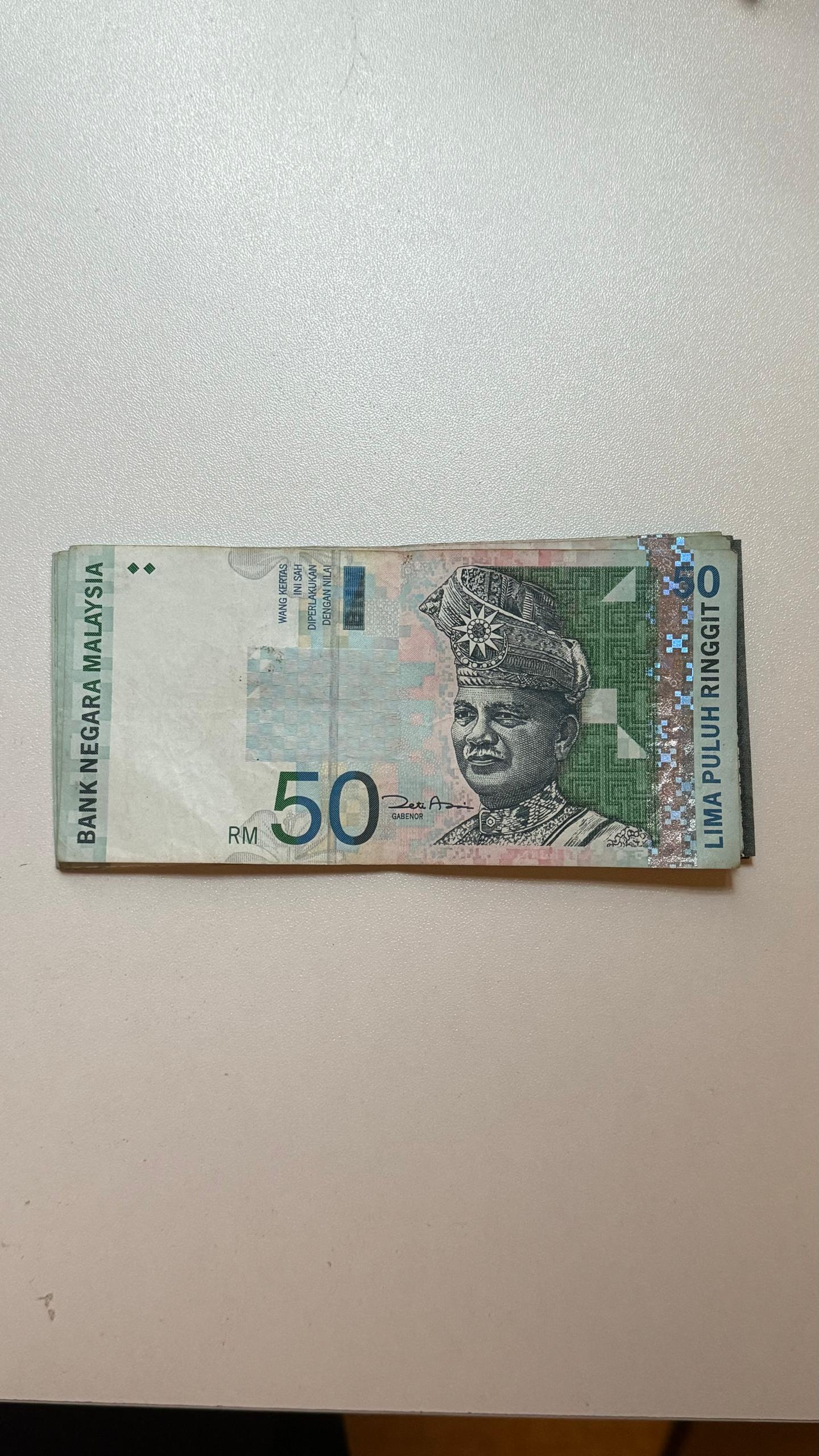The ringgit opened the week on stronger footing against the US dollar, extending its upward momentum from last Friday. Bolstered by better-than-expected second-quarter GDP growth estimates, the Malaysian currency inched higher in early Monday trade—an encouraging sign for local policymakers navigating a year marked by global headwinds and cautious investor sentiment.
At 8:00 a.m., the ringgit traded at 4.2330/2540 against the greenback, strengthening slightly from Friday’s close of 4.2410/2455. While the movement was modest, it carried symbolic weight: a sign that Malaysia’s economic fundamentals are holding firm even as external pressure from the global trade environment mounts.
The main catalyst behind the ringgit’s early strength was the advance estimate of Malaysia’s second-quarter GDP, released late last week. At 4.5%, it slightly outpaced the 4.4% growth recorded in the previous quarter and pointed to continued resilience in domestic demand, services, and export recovery.
That incremental improvement may not move markets dramatically, but it sends an important message: Malaysia’s economy remains on a steady footing. After a turbulent 2023 marked by weak electronics exports and inflationary drag, this year’s performance has been more balanced. The ringgit’s modest rally reflects this renewed macro stability.
Yet even as the economy shows signs of momentum, the optimism is tempered by caution. Investors are wary of external risks that could derail the recovery narrative—especially the looming threat of new US trade tariffs set to take effect in early August.
Despite the early morning strength, few expect the ringgit to break out of its current trading range. Bank Muamalat Malaysia Bhd chief economist Dr. Mohd Afzanizam Abdul Rashid cautioned that the local currency is likely to remain range-bound between RM4.24 and RM4.25 throughout the day, citing continued investor caution ahead of key international trade developments.
The reason is simple: while economic data points to resilience, market sentiment is still reactive to geopolitical developments—particularly in the United States. As the August 1 deadline for a new round of US tariffs approaches, currency markets remain hypersensitive to changes in trade tone, particularly for emerging markets like Malaysia that are deeply embedded in global supply chains.
The ringgit’s movement is less about aggressive inflows and more about capital repricing—adjusting positions in light of new data, without committing too deeply amid broader uncertainties.
The ringgit’s strength was not isolated. Across the region, several ASEAN currencies also posted gains against the US dollar in early trading.
The local note appreciated against the Singapore dollar, moving from 3.3027/3065 to 3.2944/3110. It also gained ground against the Thai baht, rising to 13.0608/1337, and strengthened against the Indonesian rupiah and Philippine peso. This broad-based regional trend suggests that dollar weakness—rather than local currency strength alone—played a role in the morning's FX moves.
Still, Malaysia’s performance is notable for its consistency. Unlike more volatile peers, the ringgit has maintained a relatively narrow trading range since June, a sign that central bank policy and macro fundamentals are providing a stabilizing anchor.
Despite regional strength, the ringgit dipped slightly against the Japanese yen, trading at 2.8518/8662 compared to 2.8517/8549 on Friday. The yen remains a favored safe haven in uncertain times, and Monday’s move likely reflects broader hedging behavior as investors weigh the risk of policy shifts in the US and Japan.
That divergence reinforces a key point: while Malaysia’s domestic economy may be improving, external volatility continues to dictate FX sentiment. The ringgit remains sensitive to broader flows driven by global macro positioning, not just local news.
So, what does this mild currency appreciation really signal?
First, it confirms that Malaysia’s growth outlook—while not spectacular—is credible and improving. In a region where growth narratives are being constantly revised, Malaysia’s steady hand is being rewarded with a degree of FX stability.
Second, it illustrates the market’s cautious approach to forward-looking risks. Investors are not dismissing Malaysia’s economic progress, but they are hedging against global unpredictability—especially in light of potential trade frictions, lingering inflation risks, and diverging central bank trajectories.
Finally, it underscores the role of policy credibility. Bank Negara Malaysia’s current rate posture—holding steady while allowing for organic economic adjustment—has reinforced the ringgit’s role as a stable, if unexciting, currency anchor in Southeast Asia.
In the broader context of global FX markets, the ringgit’s early week gains may appear modest. But in a year where volatility has been driven more by headlines than hard data, stability is a signal in itself. The ringgit isn’t rallying on speculative flows or central bank intervention. It’s moving—slowly, cautiously—in line with improving economic fundamentals. That alone marks a quiet shift in investor posture.
As tariff tensions unfold and Q2 earnings roll out across global markets, the ringgit’s path will remain exposed to sentiment swings. But for now, it remains a currency grounded in fundamentals—buffered by resilience, and constrained by caution.
This early strength may fade by week’s end. But if policymakers and corporates are watching for directional signals, Monday’s move offers one: investors are no longer fleeing. They’re watching—quietly, skeptically, but no longer assuming the worst.






.jpg&w=3840&q=75)






-1.jpg&w=3840&q=75)
